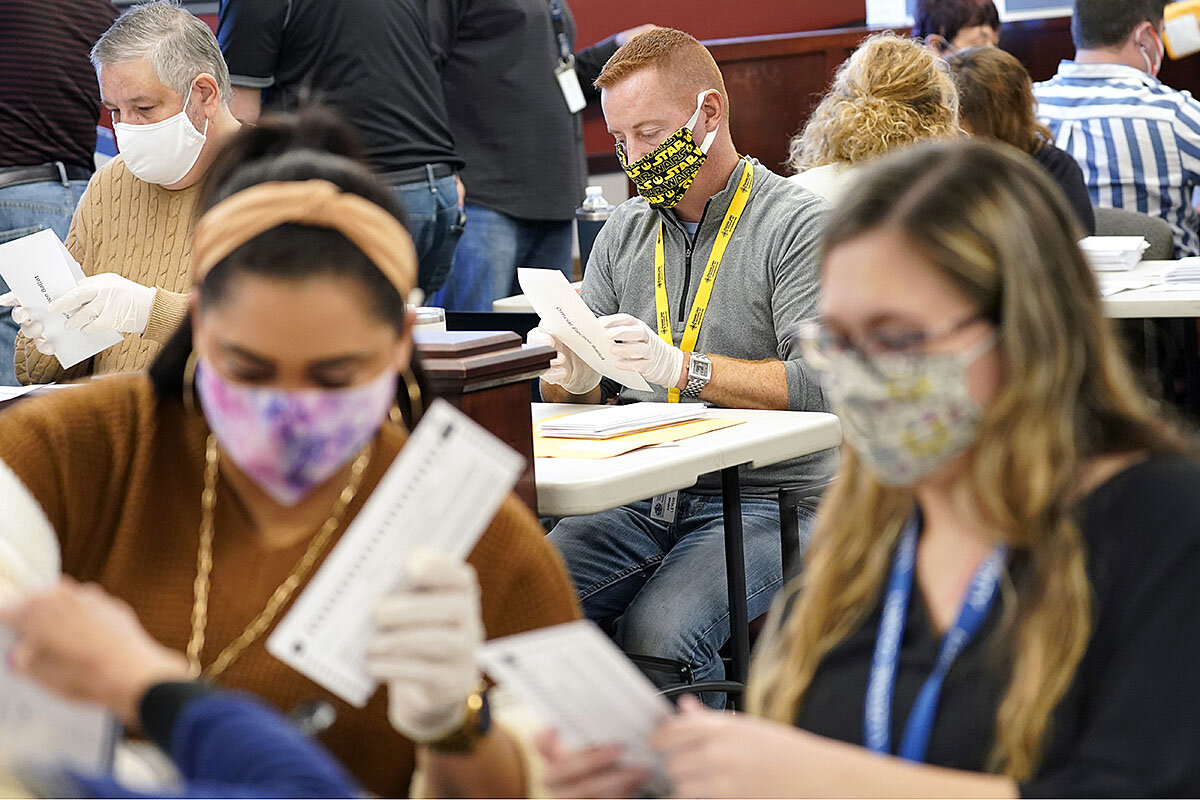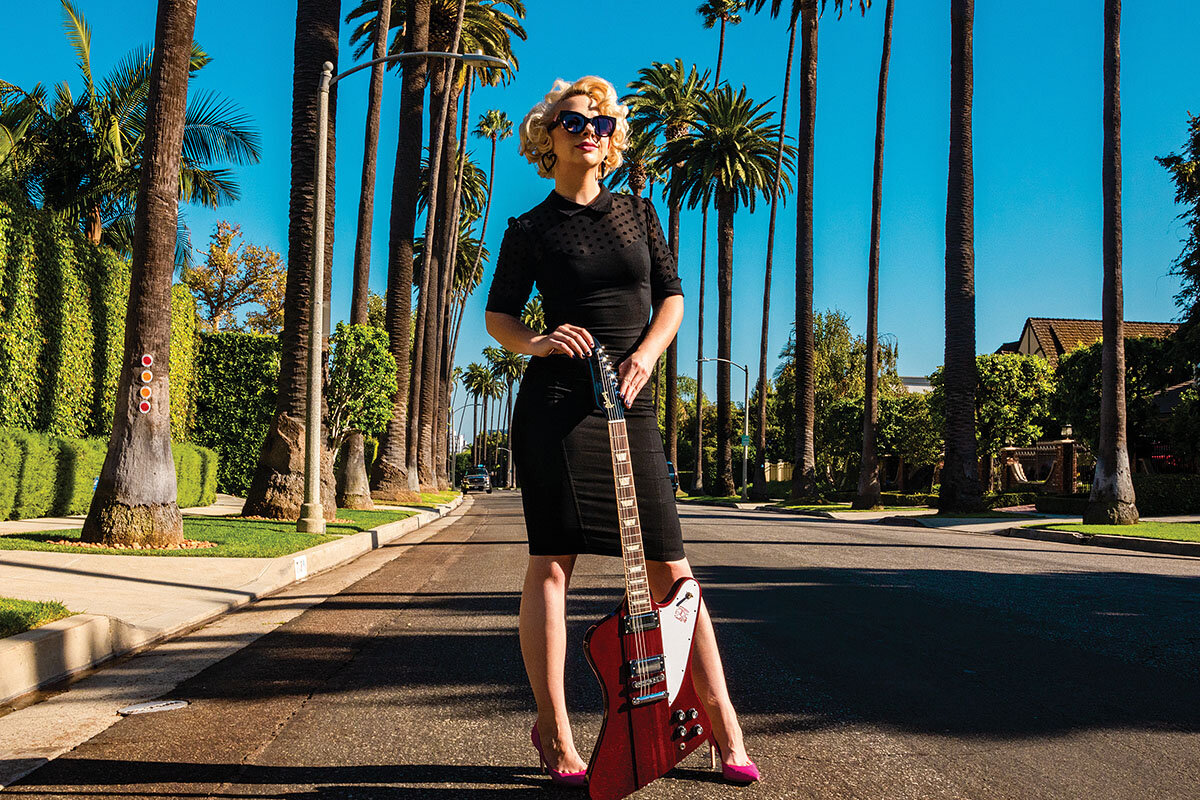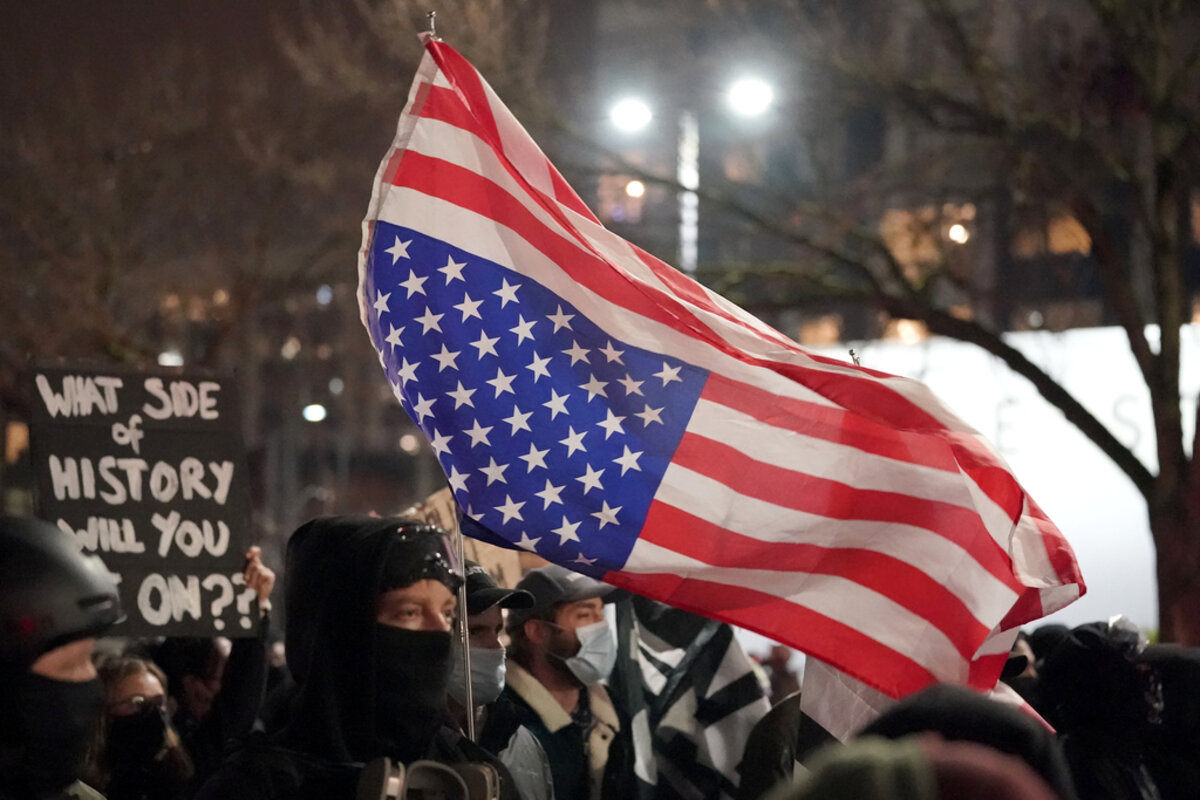It is customary to the point of cliché for U.S. politicians to follow rough-and-tumble campaigns with calls for unity and consensus. The alchemy of the ballot box is supposed to turn Republicans and Democrats back into Americans. Magnanimous in victory. Decorous in defeat.
That norm felt a little frayed this week. Yes, victory speeches had the usual grace notes. “Clearly, people are saying it’s time to turn the page,” said Democrat John Hickenlooper, a former governor of Colorado, after winning a seat in the Senate. “It’s time to start solving problems and helping people.”
Such calls aside, an already divided country appears to be even more so. A Pew Research Center poll just prior to the election found that only 4% of registered voters in states with a Senate contest said they would be open to voting for a presidential candidate from one party and a Senate candidate from another. Almost 80% said they would vote for candidates from the same party all the way down the ballot.
Those findings held. The “blue wave” – an overwhelming gain for Democrats – did not come. Nor did President Donald Trump’s base crack. Neither side emerged with a clear mandate or grew its majority.
Does parity mean paralysis? America’s founders did not think so. “Can they not harmonize in society unless they have everything in their own hands?” asked Thomas Jefferson, speaking of political blocs. The answer, as is often the case in American politics, becomes more apparent beyond Washington, where government gets closer to the people.
In Utah, Republican Gov.-elect Spencer Cox and his opponent, Democratic House Minority Leader Brian King, emerged from the election voicing hope for cooperation. “I feel strong about including, you know, Democrats and Libertarians and others so we can have those robust discussions and policy inputs,” Mr. Cox told The Salt Lake Tribune.
In a response, Mr. King said, “I’d love to see us lead out in Utah in a way that really crosses the ideological and the policy spectrum and really incorporates the best ideas regardless of where they come from.”
The unusual political career of Jerry Brown in California underscored the value of finding a broader governing perspective. During his first two-term stint as governor starting in 1975, Mr. Brown pursued a progressive agenda that was ahead of its time even for California. He left office eight years later highly unpopular. In 2011 he returned to Sacramento. By the time he finished another two terms, he had become perhaps the most successful governor of a state notoriously difficult to govern.
Most political careers follow a linear upward path from local to higher state and national offices. Between his governorships, Mr. Brown went to Oakland as mayor. “He himself said at one point when he was mayor of Oakland that he was finally understanding that the regulations that he had implemented as governor were hamstringing localities,” Sherry Bebitch Jeffe, a longtime California political analyst, told The Atlantic. “He finally was far [enough] outside the bubble of state politics and the governorship to look at what he was doing.”
That lesson applies now. “If we’ve divided ourselves in half, which statistically we sort of have, and tomorrow we stay in these camps, as a country, we’re only half of ourselves and we are missing the richness of each other,” John Sarrouf, a Boston-based conflict resolution consultant, told the Deseret News.
As America emerges from a taut election in a year shaped by a pandemic and unrest over racial injustice, division is not its only choice. Embracing the different perspectives they have to offer each other, Americans can restore a founding ideal of their democracy: out of many, one.
 Mark Sappenfield
Mark Sappenfield











